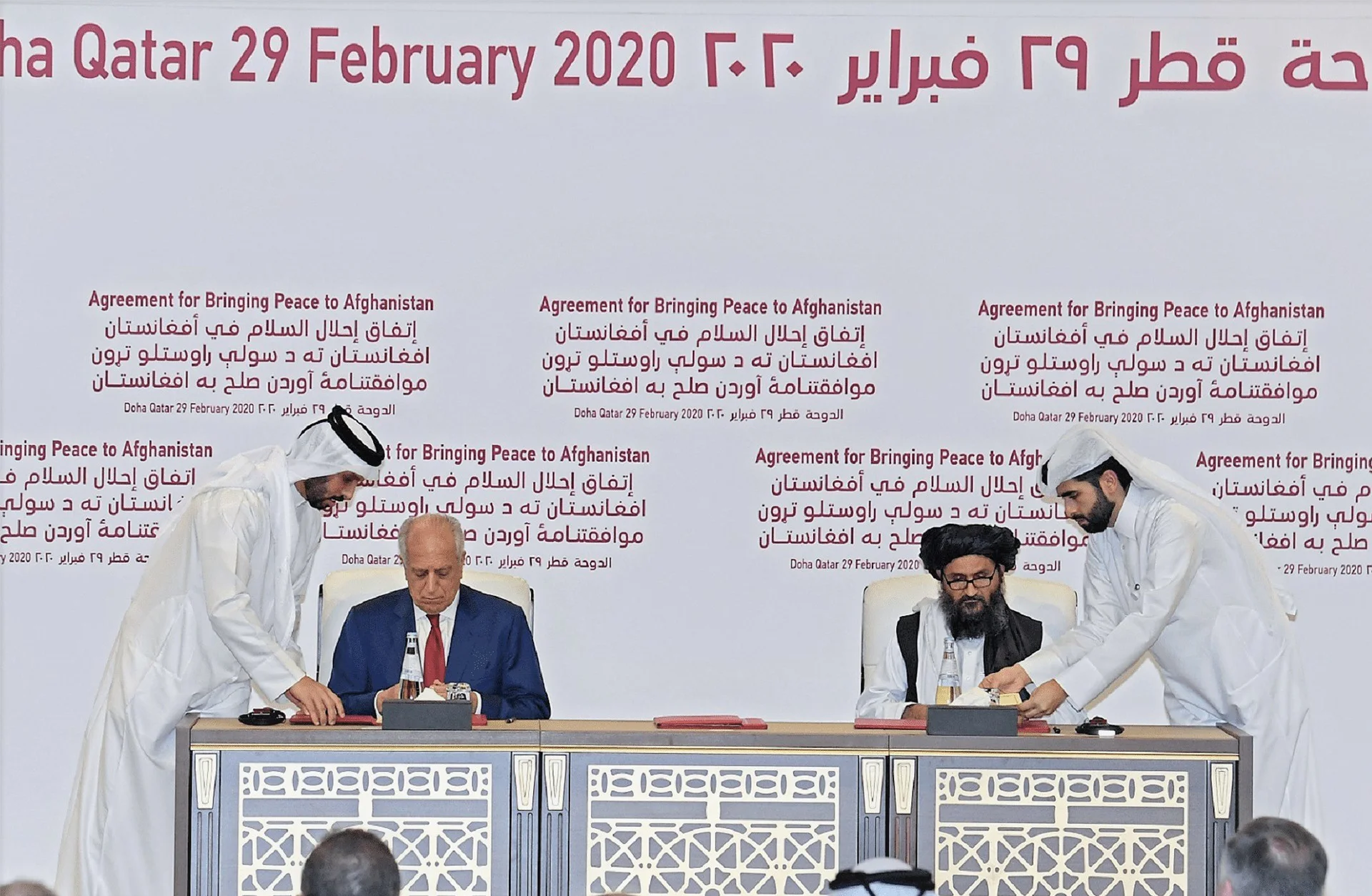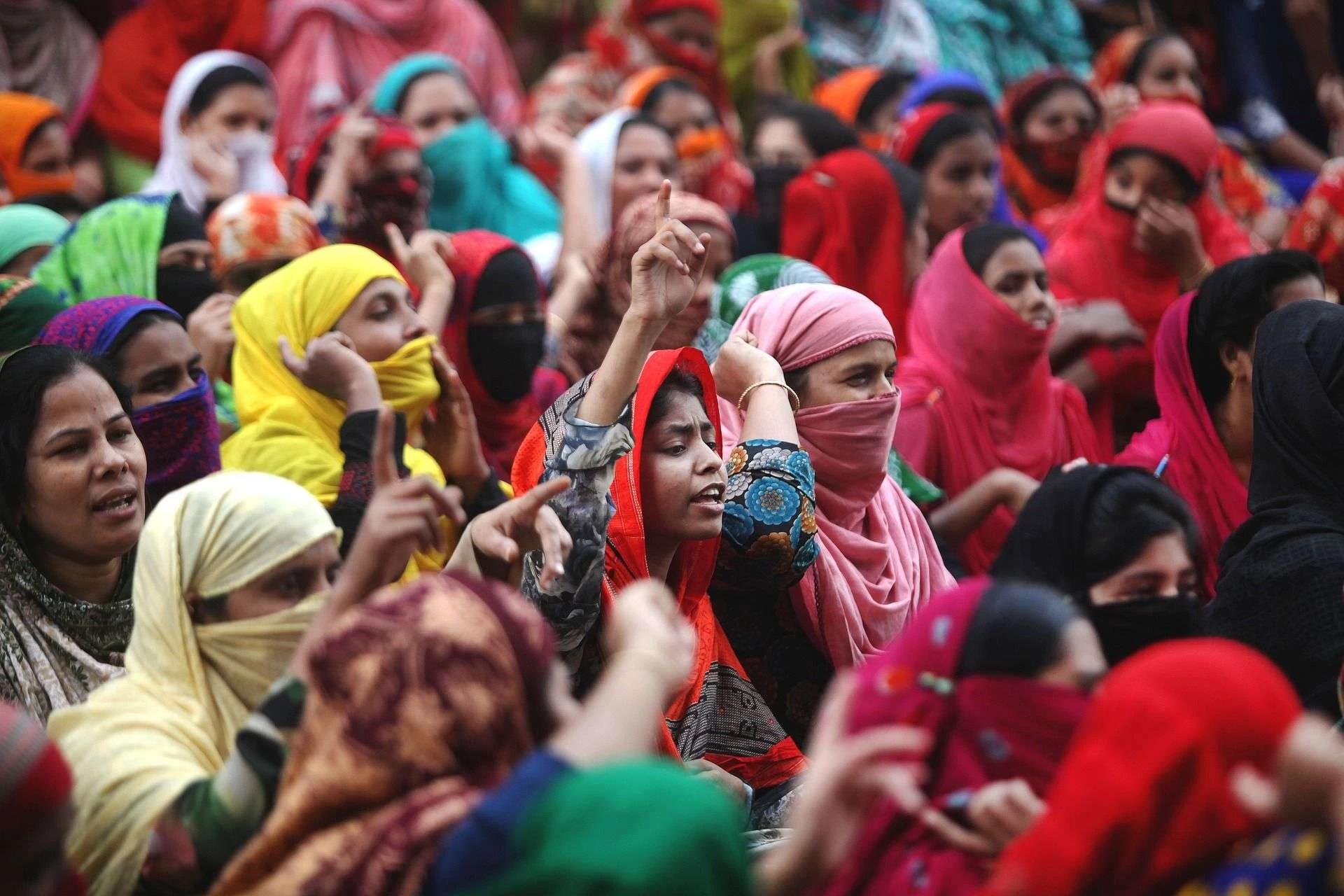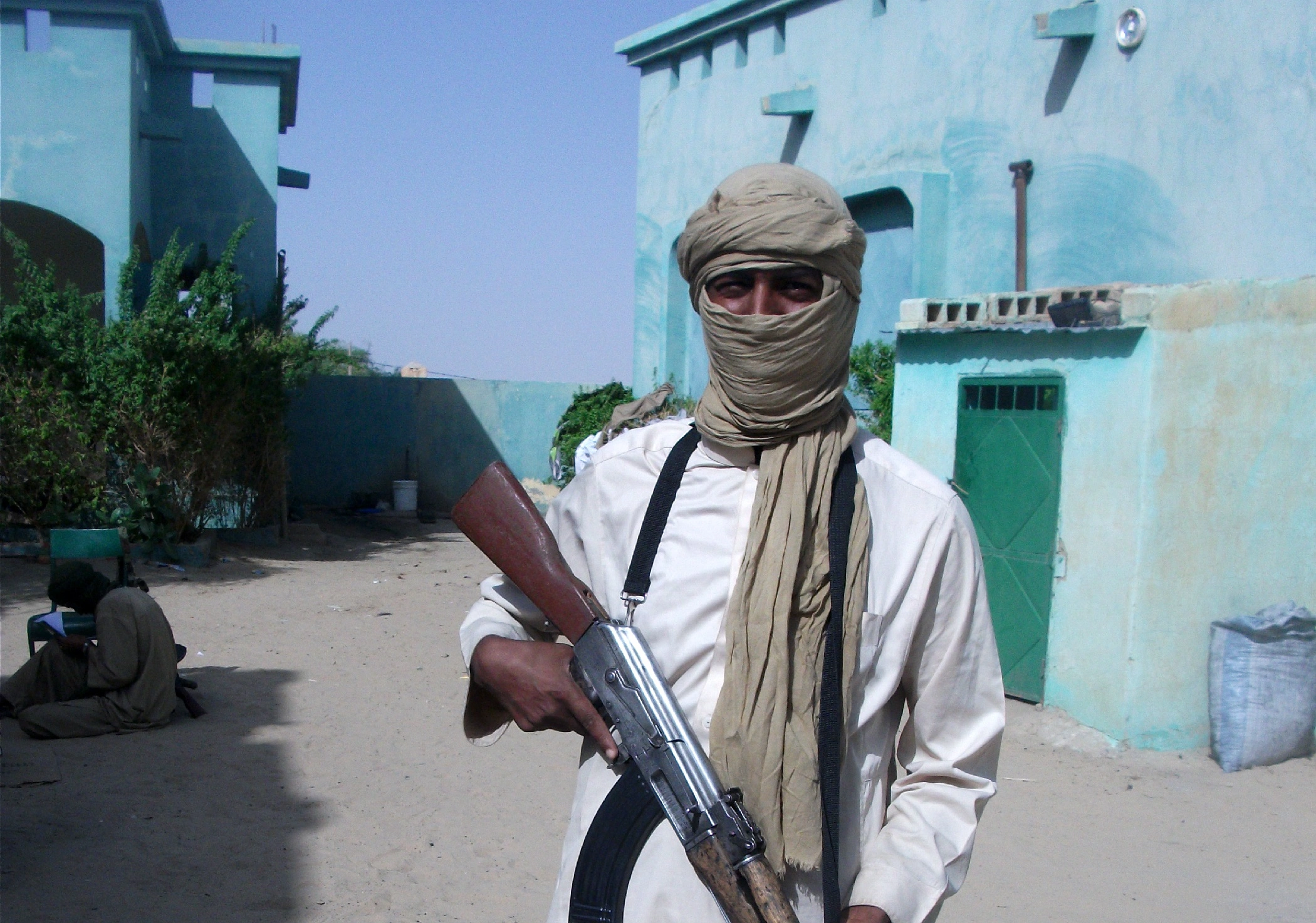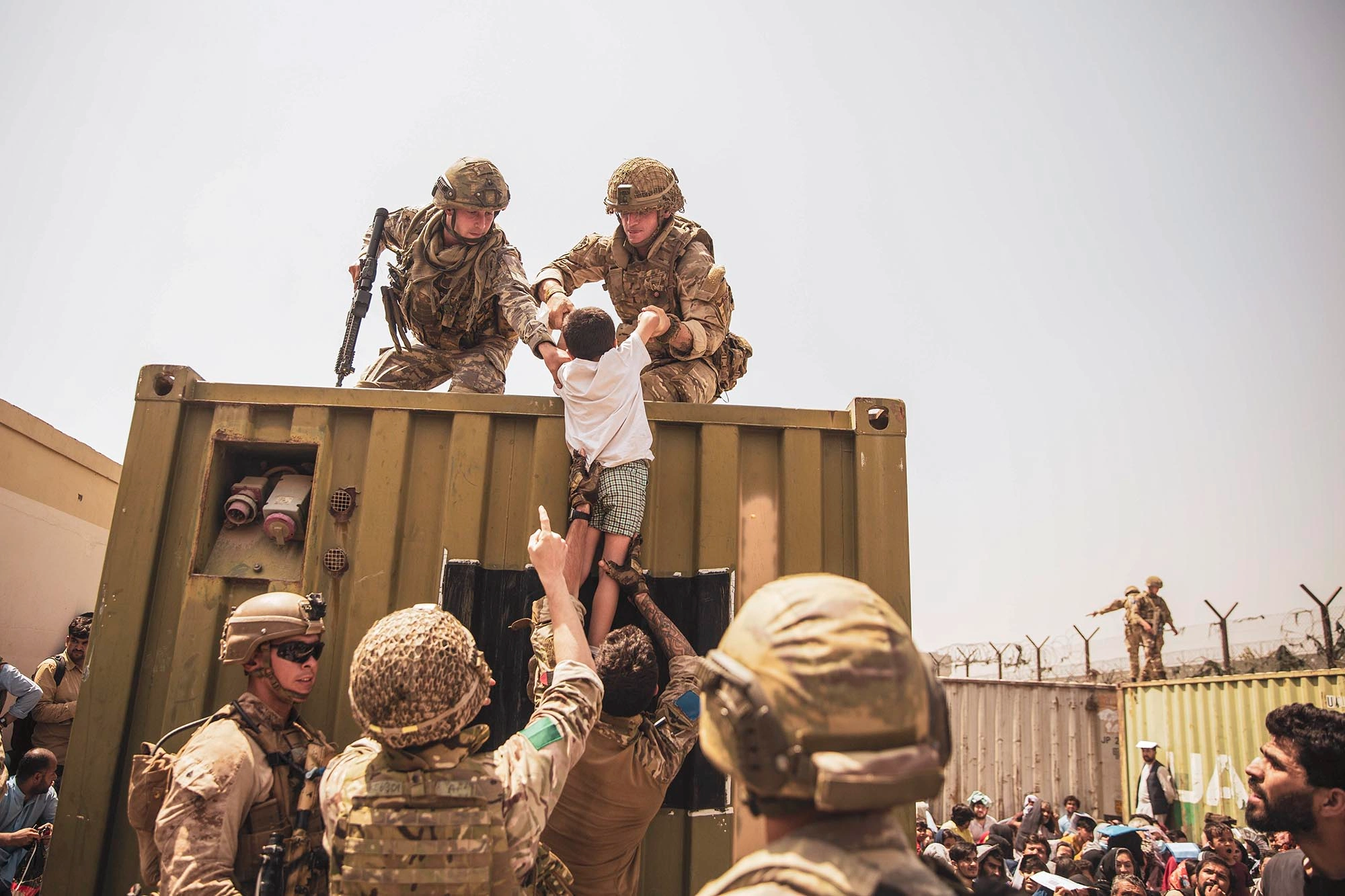Syria says that it has reached an agreement with the Kurdish-led Syrian Democratic Forces to integrate the latter with state institutions.
The Syrian presidency made the announcement on Monday and released images of a signing ceremony featuring the Syrian interim President Ahmed al-Sharaa and the head of the SDF, Mazloum Abdi.
The agreement emphasised the unity of Syria, and stipulated that “all civil and military institutions in northeastern Syria” be merged “into the administration of the Syrian state, including border crossings, the airport, and oil and gas fields”.
The United States-backed SDF has controlled a semi-autonomous region in northeastern Syria since 2015.
The agreement, if implemented, would bring that territory under the full control of the Syrian central government.
Al Jazeera’s Resul Serdar, reporting from the Syrian capital Damascus, said that the deal is one of the most major developments since the fall of longtime President Bashar al-Assad at the hands of Syrian opposition forces led by al-Sharaa in December.
“Whether [Syria] was going to remain as one territory or be partitioned was always a sticking point,” said Serdar.
Also See: Syria Interim Leader Eyes Russian Base Deal Revisions
Kurdish rights
The agreement includes a ceasefire in all of Syria, and SDF support in combatting pro-Assad fighters.
It also includes an affirmation that the Kurdish people are integral to Syria and have a right to citizenship and guaranteed constitutional rights.
Al Jazeera’s Serdar said it was unclear what the exact constitutional status of the territory controlled by the SDF would be, and whether it would retain some autonomy.
He also noted that, in a multiethnic and religiously diverse country such as Syria, there may now be demands to give special status to other groups.
“For Damascus, once you have given special status to a certain ethnicity, or a certain sect, then the question is [for] other sects like Alawites or Druze, are they also going to have special status?… That is not clear for now,” Serdar said.
Discussions over the integration of the SDF into the Syrian state had been ongoing since the fall of al-Assad, but were hampered by divides fostered over years of war. The SDF had a more ambiguous position towards al-Assad than other opposition forces, and was accused of being allied with the regime.
Meanwhile, the SDF – whose leadership is secular and tied to the Kurdish nationalist Kurdistan Workers’ Party (PKK) – repeatedly clashed with Turkish-backed Syrian fighters, and faced attacks from Turkiye itself.
The PKK has fought an insurgency against the Turkish state since 1984. Turkiye, along with the European Union and the US, considers the group a “terrorist” organisation.
However, that has not stopped the US from supporting the SDF, largely because of its usefulness in confronting ISIL (ISIS) forces who previously controlled parts of northeastern Syria before being finally defeated in 2019 by a US-led coalition that included the SDF.
The SDF has faced tumultuous regional and international changes, which may explain the timing of the agreement with the Syrian central government.
Under the new US President Donald Trump, Washington has reportedly made plans to withdraw from Syria.
“Syria is its own mess. They got enough messes over there. They don’t need us involved in every one,” Trump said earlier this year.
An announcement on February 27 by the imprisoned head of the PKK, Abdullah Ocalan, calling for the group to lay down its arms and dissolve itself, has also added pressure on the SDF.
This news is sourced from Al Jazeera and is intended for informational purposes only.

![Syrian and Kurdish-led forces reach a deal to integrate northeastern Syria under state control, ensuring Kurdish rights and a ceasefire. [Image via AFP]](https://southasiatimes.org/wp-content/uploads/2025/03/AFP__20250310__36ZP82T__v1__HighRes__SyriaKurdsSdfPolitics-1741630803.webp)




